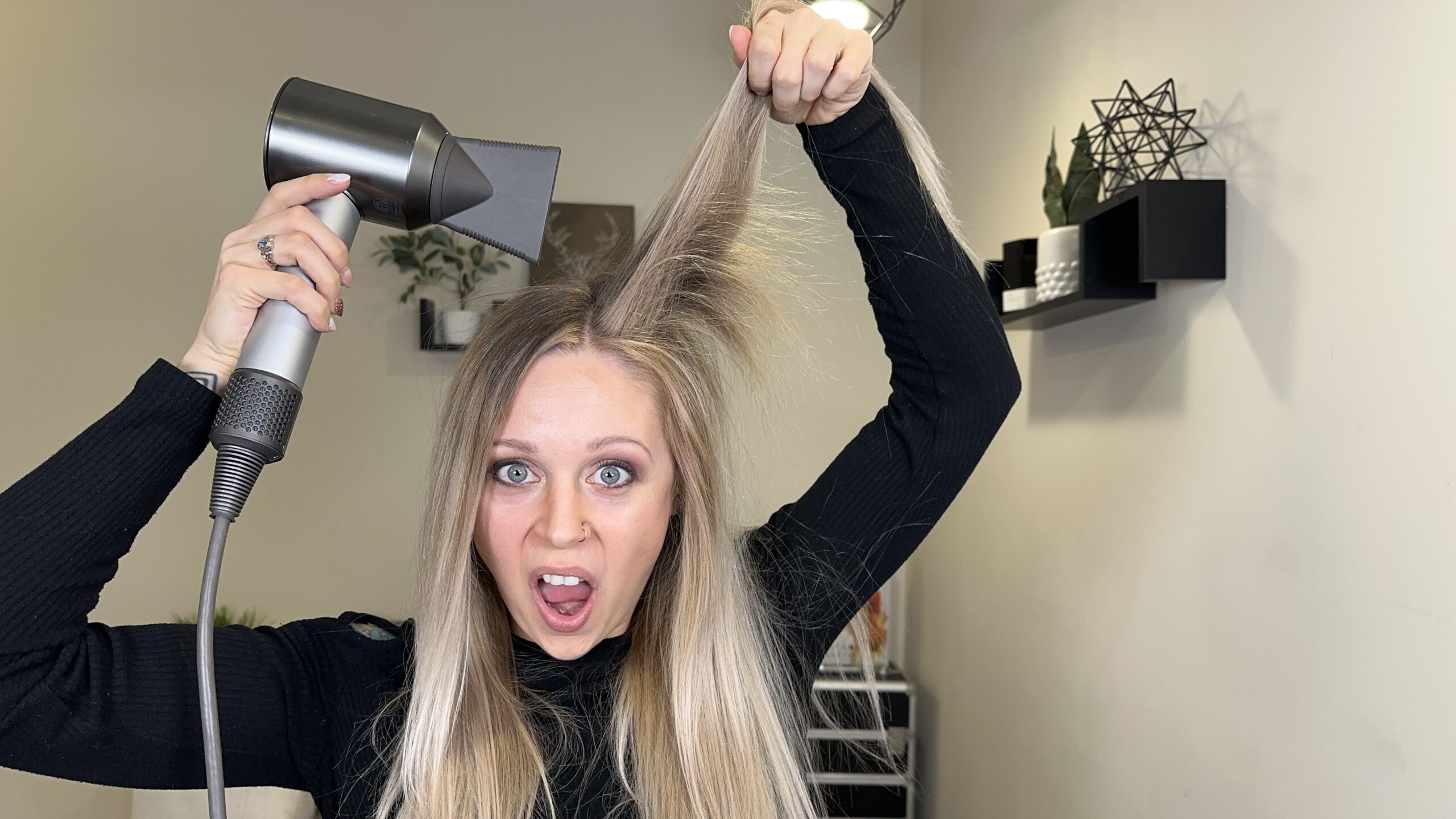
You already know that the cutter is the combination of an inverter, a compressor (integrated or not), cables and hoses, a ground clamp and guide accessories. But the head of the cutter has a few beads that we will go through. Visit https://www.metalworkmasters.com/cnc-machining/laser-marking-machines/ to choose your best laser marking machines.
Torch
The torch in hand has at least four elements necessary to produce the plasma even more for more sophisticated torch models.
Emissive electrode
The emissive electrode is tip-shaped, made of tungsten or zirconium. By its use, it is the most changed part in the head.
Nozzle
The nozzle confines the plasma produced to the diffuser, it is made of pure copper, therefore malleable and sensitive to shocks. Take care of it.
Streamer
The diffuser serves to regulate the air and standardize the flow. It should be replaced when its holes are blocked.
Nozzle
The nozzle manages the regulation of the cooling air of the torch and as it is in the first line, it receives the projections of metal during cutting. It should also be replaced if it is deformed.
Skate
The pad optional is attached to the nozzle and made of wire. It maintains the distance between the sheet and the nozzle. The pros and the more knowledgeable allow themselves, thanks to their experience and dexterity, not to use this accessory.
Integrated compressor or auxiliary compressor
As the air flow rate requested by the torch is not excessive (150l / min at 5 bars on average), the role of the compressor is to produce the air which will become useful plasma to expel the droplets of molten metal.
There are more and more portable plasma cutters with integrated compressors. This all-in-one solution is practical and efficient.
If you are using an auxiliary compressor, the oil separator is necessary. The oil separator is a cartridge filter placed at the outlet of the compressor and which has the function of retaining the oil and the impurities contained in the air line.
What thicknesses to cut with a plasma cutter
With the plasma cutters of the usual range in 220V and 60 to 100 amps, we can tackle metal parts with a thickness of 0.2 to 8mm.
For any greater thickness, we go to 400V for common cuts from 2 to 40 mm and occasionally up to 70 mm if we are talking about professional machines. Be careful, it gets hot.
Machine variants for mechanical applications
Double plasma cutting
Dual plasma cutting has a second gas to cool the cut and achieve more precision.
Plasma with water protection
Plasma with water protection has an identical role to double plasma cutting: water replaces the protective gas and in fact allows better precision and less gas release.
Water injection plasma
Water injection plasma is reserved for the elite. Water is injected into the arc to improve its compression. Who says more compression says need for more intensity therefore the need for a machine with amperage greater than 250 A and a water recovery installation. In short: a professional workshop installation.








